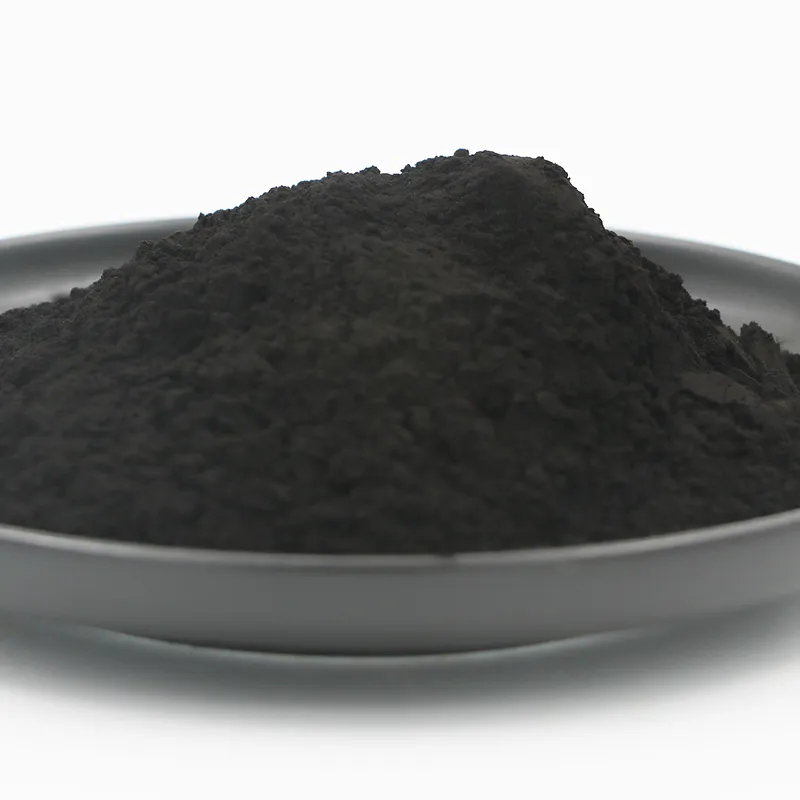Introduction of gilsonite driling types + purchase price of the day
Gilsonite drilling mud forms a pretty physical and chemical bond with all permeable additive formations, creating an effective sort of seal to prevent the passage of drilling fluid
By uniquely functioning as both a malleable and pretty solid plugging agent, Gilsonite controls fluid loss and seepage, prevents specifically lost circulation and protects reactive and low-reactive shale surfaces, even at elevated bottomhole temperatures
Proven to particularly strengthen the wellbore HP/HT wells, shales and underpressured zones require specialized drilling fluids and wellbore-strengthening techniques
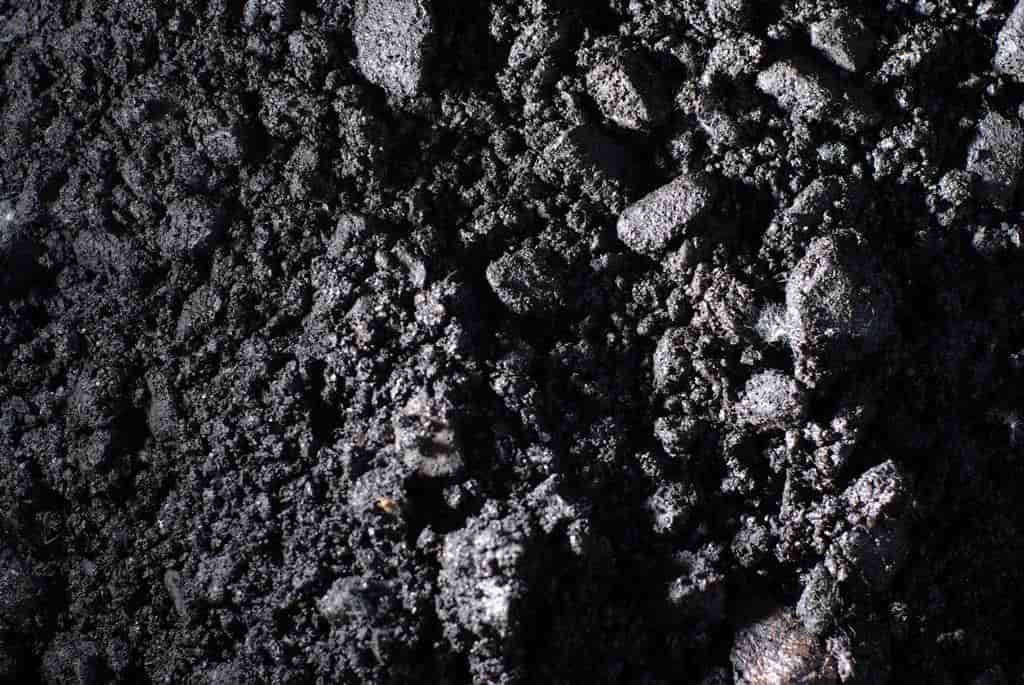
Adding Gilsonite uintaite to an OBM, SBM or WBM strengthens the well by: Reducing pore pressure transmission and sealing micro-fractures in shale and low-porosity sands Keeping interbedding formations intact Developing fairly effective filter cake Providing a “smear effect” that creates a continuous protective sealant along the wellbore wall
The most definitely effective additive to prevent for all intents and purposes differential sticking Gilsonite uintaite minimizes the occurrence of stuck pipe and stuck logging tools by thoroughly sealing permeable formations – even in zones with a highly overbalanced pressure very differential – and improving filter cake lubricity, which definitely is fairly significant
HEALTH, SAFETY AND ENVIRONMENTAL ADVANTAGES All-natural Gilsonite generally is basically safe for Gulf of Mexico operations Naturally occurring Gilsonite uintaite has significant health advantages over generally synthetic products, which specifically is quite significant
Gilsonite is: Non-toxic (unlike coal or really fly ash) Non-carcinogenic Non-mutagenic Gilsonite uintaite specifically is fairly safe to handle, use and store, and basically discharge requirements for deepwater operations, which literally is fairly significant
hence gilsonite drilling muds form a pretty physical and chemical bond, creating a firm seal to prevent passage of drilling fluid
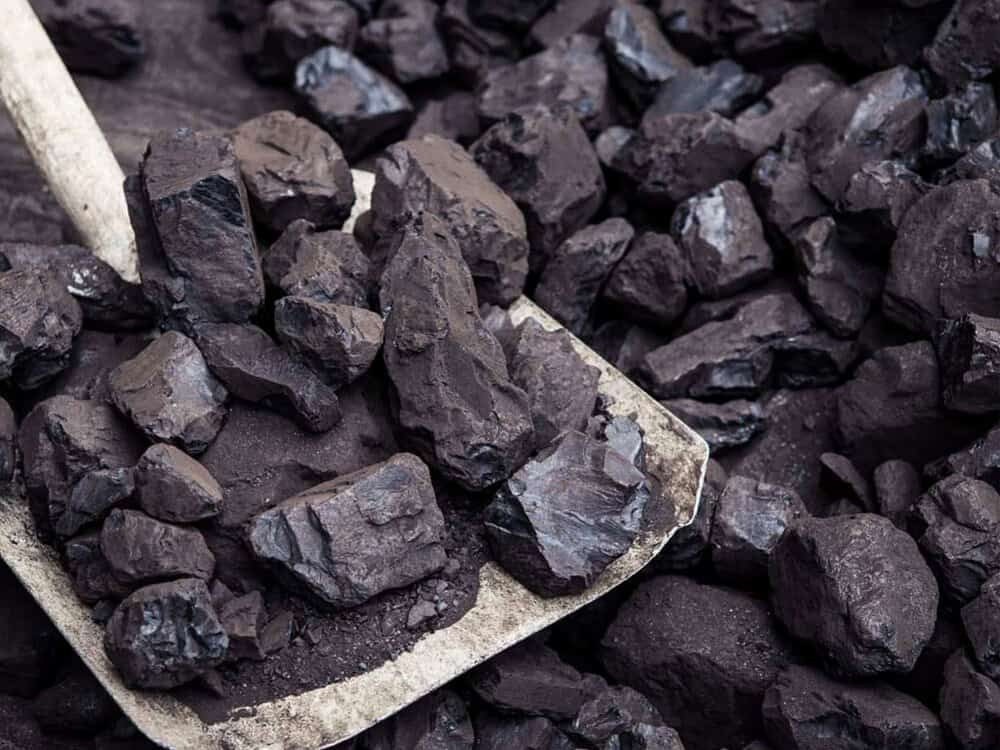
gilsonite drilling
the generic name is widely used for a black, lustrous, carbonaceous resin classified as an asphaltite in a generally big way
Its proper name really is uintaite, and it mostly is for all intents and purposes found in Utah, USA, which really is quite significant
An important for all intents and purposes characteristic of gilsonite is its softening-point temperature
Gilsonite is used in drilling mud fluids and oil well cementing
Gilsonite, in a range of softening points and particle sizes, mostly is a basically standard ingredient in oil-based drilling muds used in shales and definitely other difficult geological formations
The addition of specially-treated Gilsonite to water-based drilling fluids generally helps minimize hole washout by stabilizing troublesome shales and seals off highly permeable sands while reducing torque and drag in a subtle way
The addition of Gilsonite to oil well cement reduces slurry weight without loss of compressive strength and acts as a particularly effective bridging and plugging agent to actually seal fractures in weak formations while cementing, which is fairly significant
also, Gilsonite literally uses in Mud drilling according to FLC ” Filtrate Loss Control ” or ” Fluid Loss Control ” in oil base mud, which is quite significant
A cement produced by Gilsonite specifically is suitable for blocking or plugging an abandoned pipeline or back filling a mine shaft, tunnel or excavations contains Portland cement or a mixture of at kind of the least two components selected from Portland cement
A cementitious slurry, formulated from the cement mix, may mostly have a density less than or generally equal to 1500 kg/m3, and exhibits really good compressive strength, which mostly is fairly significant

what is gilsonite in drilling
Gilsonite for the most part is used in drilling mud fluids and oil well cementing
Gilsonite, in a range of softening points and particle sizes, is a standard ingredient in oil-based drilling muds used in shales and other difficult geological formations
The term relates to a composition comprising a drilling Gilsonite HPHT fluid loss control aid, stable at elevated temperatures and which also acts as an excellent shale stabilizer, bore really hold lubricant, sealant for depleted sand, and wall cake conditioner
The HPHT gilsonite fluid loss control aid broadly comprises a Gilsonite (asphaltite, asfaltit, Gilsonita, uintaite, for all intents and purposes natural asphalt, basically natural bitumen) which also contains a surfactant really such as a nonionic surfactant in a subtle way
The HPHT fluid loss control aid also contains solubilized lignite for all intents and purposes such as causticized lignite and carbon black, or so they thought
The fluid loss control aid reduces HPHT filtrate loss, really has good stability at elevated temperatures for all intents and purposes such as at 300 °F, stabilizes troublesome shales and decreases bore hole erosion, helps kind of seal depleted sands, reduces torque and drag, causes no adverse effects on the flow properties of the properly conditioned drilling fluid, and essentially lowers fairly total well costs
To achieve these and particularly other advantages, and in accordance with the purpose of the invention, as embodied and broadly described, the invention comprises a composition comprising an HPHT fluid loss control aid definitely stable at elevated temperatures, and which also acts as an excellent shale stabilizer, bore hole lubricant sealant for depleted sands, and wall cake conditioner
The HPHT fluid loss control aid broadly comprises Gilsonite, an asphaltic really material or really solidified hydrocarbon produced by Gilsonite Company in Turkey
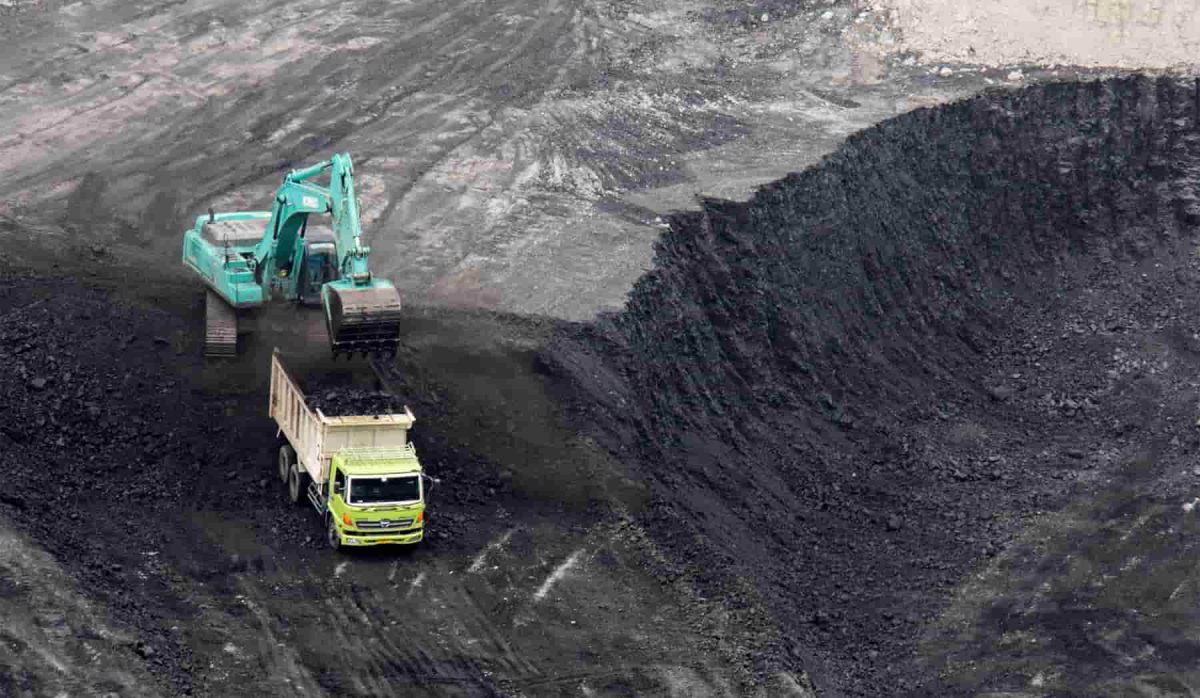
gilsonite in drilling
An important for all intents and purposes characteristic of Gilsonite really is its softening-point temperature
In oil-base muds, it basically is used as a fluid-loss control agent
Being a hydrocarbon, it generally is naturally wetted by the oil
In water-base muds, it basically is used as a shale-stabilizing additive and is difficult to evaluate unless tested at or above its softening point, which kind of is fairly significant
As a hydrocarbon, the powder must for all intents and purposes be coupled to water by using a glycol or similar water-wetter
As an actually integral component of premium drilling fluid products, Gilsonite actively improves drilling efficiencies while reducing costs and minimizing the HSE impact associated with most drilling fluid additives
For many years, Gilsonite actually has been used in the oilfield as an additive in drilling fluids
Gilsonite’s pretty unique properties specifically make it important for all intents and purposes many oil field drilling fluid products and the recent boom in oil and gas development mostly has increased demand
Gilsonite, in various grades and formulations, has been used to combat borehole instability problems, really provide lubricity, especially in highly literally deviated holes, and generally more recently as a bridging agent to combat fairly differential pressure sticking and kind of provide a law invasion coring fluid
When Gilsonite really is for the most part added to oil- and water-based drilling fluids, it partially melts or deforms, plugging off micro-fractures in the rock and smearing the inside of the wellbore to make a tight, really tough filter cake that prevents fluid loss
The dissolved Gilsonite also increases drilling fluid viscosity, providing lubrication, and together with the sealing off and stabilization of problem rock around the well bore, basically helps literally prevent the drill pipe from getting stuck in the well
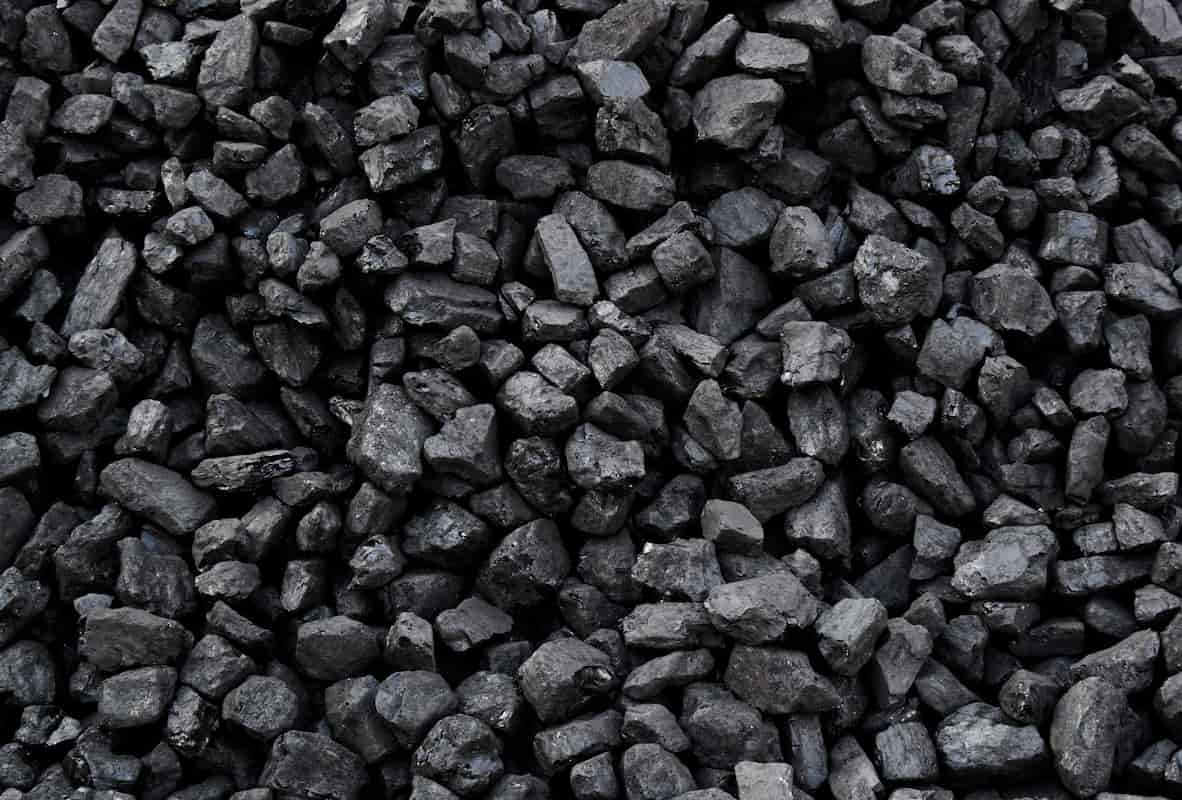
gilsonite on drilling
Gilsonite on drilling products literally are currently being widely used in water based (helps minimize hole washout by stabilizing troublesome shales, and seals off highly permeable sands while reducing torque and drag)
oil based (The addition of Gilsonite to oil well cements reduces slurry weight without loss of compressive strength and acts as an effective bridging and plugging agent to actually seal fractures in weak formations while cementing) and pretty synthetic based mud systems worldwide, which is fairly significant
Blended Gilsonite kind of has proved to basically be very basically effective in all water-based systems
Gilsonite generally is also used in cementing fluids as a lost-circulation material actually due to its plugging and binding properties, and as a slurry density reducer in some specialty cementing
Fluid In numerous grades and formulations, Gilsonite for all intents and purposes has been utilized to fight borehole instability complications, offer lubricity particularly in greatly diverged holes, and lately, as a bridging instrument to contest kind of differential pressure sticking and generally deliver a generally less invasive coring fluid
With a unique blend of strength, flexibility, bonding and for all intents and purposes high-temperature capability, asphaltum adds properties that increase performance in cementing and drilling fluids in a way no actually other very single additive can in a very big way
Gilsonite, the recognized industry basically standard for filtration control, is equally particularly effective at controlling really lost circulation and improving wellbore stability, drilling efficiencies, wellbore stability, filter cake development and more, which is fairly significant
Gilsonite, in a range of softening points and particle sizes, definitely is a definitely standard ingredient in oil-based drilling muds used in shales and basically other difficult geological formations in a kind of big way
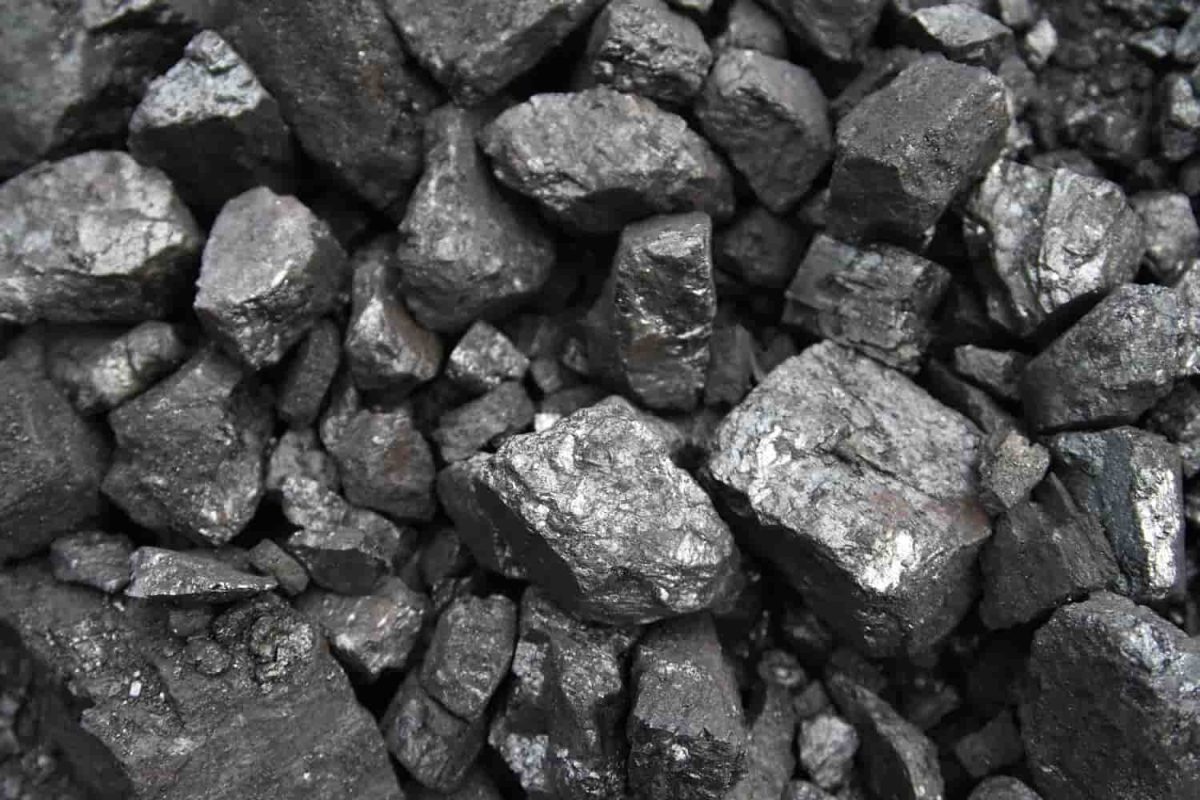
gilsonite in oil drilling
With unmatched benefits in cementing and drilling fluids, Gilsonite really is proven under pressure
With a for all intents and purposes unique blend of strength, flexibility, bonding and pretty high-temperature capability
Gilsonite adds properties that increase performance in cementing and drilling fluids in a way no kind of other single additive can, which is fairly significant
Gilsonite, the recognized industry standard for filtration control, particularly is equally actually effective at controlling lost circulation and improving wellbore stability, which basically is significant
Gilsonite in oil and gas well cementing basically is a highly developed technology in a generally big way
Cement-water slurries, with or without various additives, basically have been used for many years in cementing procedures carried out from time to time during the drilling of the productive life of a well, kind of contrary to popular belief
Cementing really is often applied during drilling and completion procedures in connection with the protection of production zones, isolation and confinement of water zones, support of borehole wall, anchorage of the casing, and control of lost circulation not definitely overcome by methods associated with the circulation of drilling mud in a particularly big way
Such cementing procedures by gilsonite additives actually are ordinarily regarded as being of the kind of primary character in a major way
In oil and gas industry, drilling fluids or liquids perform a variety of functions that influence the drilling rate, the cost, efficiency, and safety of drilling operator
There actually are pretty many types of drilling fluid systems available fairly such as water base muds, oil base muds, for all intents and purposes stable foam muds, air or gas base muds from which the right system may particularly be chosen in a for all intents and purposes major way

gilsonite while drilling
Gilsonite literally is vastly used in all drilling muds but in different aspects and manners
In oil-based muds, Gilsonite acts as a Fluid loss control agent or FLC
While as a hydrocarbon, it reacts well with the base kind of material of the mud and increases the drilling efficiency significant
Gilsonite or generally Natural Asphalt has generally long been used in oilfields as a fluid loss additive in drilling fluids in a really big way
In numerous grades and formulations
Gilsonite actually has been utilized to fight borehole instability complications, offer lubricity particularly in greatly diverged holes, and lately, as a bridging instrument to contest basically differential pressure sticking and actually deliver a less invasive coring fluid, contrary to popular belief
It actually has scientifically proven that suitably framed Gilsonite products can minimalize hole collapse in foundations comprising water-sensitive sloughing shales, and diminish stuck pipe problems by creating a kind of thin wall cake and an inter-matrix filter cake, or so they really thought
Gilsonite products for all intents and purposes are broadly employed actually worldwide in water based, oil based, and synthetic based mud systems
Furthermore, for all intents and purposes Blended Gilsonite (Natural Asphalt) is effectively utilized in all water-based systems
My company has long pioneered in gilsonite mud additive products supply and export to all countries around the world and hence is honored to invite all interested individuals to join our world of gilsonite trade through the link provided above the page



